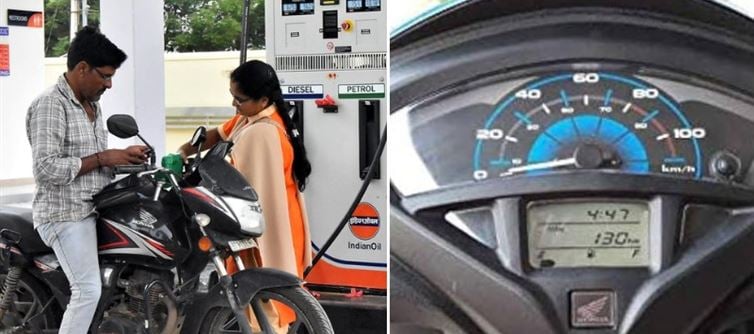
However, as time goes on, many riders will begin to sense something is off—not through numbers, but through experience. They will notice that their fuel tanks are running dry quicker than before, even though their riding patterns haven’t changed. The once-familiar gap between refueling stops will start shrinking, prompting riders to wonder why they are making more frequent trips to the petrol pump. For those who do track fuel usage closely, the realization will come faster, but for the majority, it will creep in gradually, like a slow leak in the pocket.
Once awareness spreads, there could be growing dissatisfaction among two-wheeler owners, especially in cities where motorcycles and scooters are the lifeblood of daily commuting. Riders may feel blindsided by the change, seeing it as an “ethanol scam” that was slipped under the radar without their consent or clear communication. Conversations at tea stalls, workshops, and fuel stations will likely carry more complaints about mileage drops and rising fuel expenses. While ethanol blending has its environmental and import-reduction benefits, the everyday user’s perception will be shaped more by how often they need to refuel than by any long-term policy goal.




 click and follow Indiaherald WhatsApp channel
click and follow Indiaherald WhatsApp channel